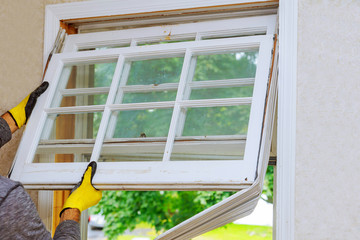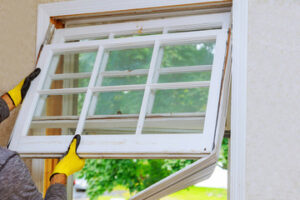Many moving companies offer add-on services to make your move more seamless. These include packing, crating, furniture disassembly, and assembly.
Using a full-service moving company ensures that your belongings are safe and secure from start to finish. Ask about their licensing and insurance policies before choosing a company.
Before the movers arrive, ensure you’re done with all the little things. Complete any errands on your list such as getting the car serviced or taking the dog to the groomers, returning books to the library, and donating clothes you’re no longer wearing. You’ll also want to do a few last-minute chores such as removing your children’s name from the school roll, changing your address with the post office and service stations, transferring pets (if applicable), and settling any bills with local businesses.
Once the packing process begins, keep in mind that this is a labor-intensive task and it will take time. It’s best to pace yourself and start packing a few boxes each day in the weeks leading up to your move. If you need to, hire a babysitter or find a friend to watch your kids during this time so they can have fun playing with friends at their new home while you pack.
Depending on the type of service you select, full service movers will pack everything for you, including kitchen goods, linens, decor and more. This will also include the disassembly of furniture and appliances, if necessary. Be sure to let your movers know of any items you’re bringing that they won’t be able to pack, such as an expensive Peloton or other exercise equipment and priceless antiques. Some companies offer a limited-value insurance plan that pays 60 cents per pound for the most valuable pieces in your shipment while others have a “full value” protection policy that costs more but covers your belongings from door-to-door.
If you choose a partial-packing service, your movers will come to your home with boxes and packing materials and pack the items you request them to. This is a good option if you don’t need all your belongings packed or if you want to save money on moving costs. The price for a part-pack is often based on an hourly rate, so you’ll need to ask your move consultant how much this will cost.
Once the movers have finished packing your possessions, they will load them onto their truck and transport them to your new residence. Depending on the packing service you’ve selected, this may take a few days before your move day or even a week before. Regardless, a good quality packing service will always ensure your belongings are safe and secure while they’re in transit. This includes securing the door of the truck to prevent it from being unlocked by passersby, and ensuring that your belongings are loaded in the correct rooms. The movers will also provide a high-value inventory form and Bill of Lading or Freight Bill that is signed by you and the movers. This is your receipt and will tell you exactly what was moved and where it went in your shipment. A copy should be kept in a safe place for the duration of your move and will be required by law to be presented at the point-of-entry into your new home.
Loading
A moving service can be defined as any service relating to the packing, transportation, arranging for the transportation or the physical movement and/or storage of household goods. The term is also used to describe any other services that are not included in the basic service definition, such as packing, unpacking, appliance servicing, disassembly and reassembly of furniture and appliances.
In most cases, movers charge an hourly rate for their packing and loading services. This is why it is so important to give movers as much time as possible for the visual survey and packing process. Try to schedule your move estimation appointment at least six weeks from your load date, especially during the summer months. This will ensure that estimators are available to visit you and provide a comprehensive, accurate moving estimate.
Loading is the final stage of the move process that involves placing your belongings into the truck. The movers will wrap and protect each item before it is loaded into the truck. This is usually the most time-consuming part of the packing and loading process.
Typically, movers will contact you 24 hours prior to your move day. During this call, you will be provided with a driver number and a customer service representative who can answer any questions about your shipment. This is a good time to make sure that you are aware of any changes that may have taken place in your situation since your original estimation appointment, such as a street construction project that would prohibit the large over-the-road truck from getting close to your house or unanticipated weather that could delay your load date.
It is also a good idea to have a plan for your items on load day. This can be as simple as removing all items from walkways that might obstruct the movement of your shipment. This can help to prevent any damage caused during the load and delivery processes. You should also have a plan for any items that you would like to be stored at your destination, such as a mattress or other large pieces of furniture.
In addition, you should have a method for payment on load day. Generally, a cashier’s check is acceptable, but it is important to discuss this with your relocation specialist or the customer service representative assigned to your shipment prior to load day. If the proper method of payment is not in place prior to load, your shipment will be held until you can make arrangements for payment.
If your shipment requires a shuttle service, you should have a plan for this as well. Shuttle services are often more costly than standard moves, due to the additional labor required for relocating smaller items between a residence and the shuttle vehicle.
Another way to save on the cost of your move is by using a backloading option. This process involves transporting your items on the same truck as other customers’ shipments to reduce your costs. This option is a great way to minimize your expenses and reduce the environmental impact of your move.






